When last I wrote about the Tour’s late re-addition of a segment in South Korea, I was once again enduring a frustrating period of inactivity, this time caused by another significant mechanical issue with the bike. The timing could not have been less advantageous, coming just as I was finding my form again, ten days after leaving the latest required quarantine. I knew that this period of time was going to provide a considerable amount of anxiety, since the process involved an international parts shipment and, over the last few decades, shipments of packages has been one of very few things that regularly create stress in my life. I requested the fastest delivery possible, no matter the cost, however, the package was sent using the US Postal Service. In theory, their Express service is reasonable, but the ability to track the package once its aircraft has departed a US port is practically nonexistent. Moreover, disruptions in postal services in the covid era have become well known, with some reports found on the Web stating that some International Express packages had recently been taking three to five weeks for delivery. At the time, I had already made my future plans for moving on from Korea, and so there was a possibility that I would already have left the country by the time my replacement part was delivered. I passed a number of unappealing days by mentally coming up with contingency plans for such an eventuality.
An additional annoyance arose from thoughts that I should not have needed to make such a repair at all, at that point in the Tour. The failed ratchet was the same part I had to replace in Stockholm during the previous year, and it was more reasonable, at the time, for the first one to fail, given that part’s age. However, since that earlier repair I have only ridden somewhat less than fourteen thousand kilometers, and its replacement should have lasted significantly longer than that. I first noticed one slip of the ratchet on the steepest section of the only long climb on my route in Thailand, which was on a particularly hot day, so that may have been a factor. Though when I was perusing various Web sites while deciding how to make the current repair, I noticed the published value for the maximum total weight limit for Phil hubs, something I had never paid attention to previously. I am taller and heavier than the average cyclist, but at home I am safely below that limit, and hub ratchets would normally last a long time. However, with the additional weight of the gear and baggage required for a long tour, my total was at, or slightly above, the limit. Normally, on my long tours I have quickly lost an amount of body mass roughly equivalent to that of my added bags and their contents. In such a situation I would expect to be fine, but, now, with all the long layoffs caused by quarantines, unplanned transfers, as well as my slower pace, in general, my body mass is about the same as it was when the Tour began. Therefore, a significant amount of extra stress is being placed on the bike, just one more disturbing situation to blame on covid.
With this unexpected delay came yet another issue to be concerned about. I arrived in the country on the third of June, and, early in my quarantine, news broadcasts repeatedly mentioned that this year’s Jangma was expected to be later than normal. Jangma is the name in the Korean language for the East Asian Monsoon, which normally affects the country from mid-June
through early August. I have had encounters with other varieties of monsoons on previous tours, and they can prove troublesome, such as the time, several years earlier, when I was forced to end one Tour stage a few days before my destination upon the early arrival of the Indian Monsoon. A late arrival in this case would, therefore, be very beneficial for my immediate plans. In fact, the prediction for this year, of an arrival during the second week of July, would mean that I might expect to complete almost all of my expected route through the country with generally pleasant weather. The Jangma is a little different from other types of monsoons, as it is not really driven by offshore winds, but rather is more akin to a stationary frontal boundary between drier continental air and the moister variety moving in from the ocean. This boundary normally drifts slowly from the southeast to the northwest but can often stall somewhere along the way. That was what happened to Korea in 2020, when the Jangma was the worst it had been in the past fifty years. Had I been able to stick to my original tour schedule, I would have been in the country in late September of that year, when the country was recovering from many damaging floods. This year, however, the Jangma hovered over Japan for a while, causing considerable destruction there, then it passed through Korea fairly quickly, before pausing again over China, where the floods were catastrophic. That pattern benefited me, but led to considerable misfortune for many other people.
I suppose, then, that I was also lucky that the front passed by while I was still waiting for my replacement part to arrive, and when it moved through it only caused about two fairly rainy days while I was just sitting around indoors anyway. That was of little comfort at the time, until I was pleasantly surprised on the eleventh day to see that my package had finally landed in Korea. Even better was the fact that the Korean postal service had the box in my hands, at the opposite end of the country, just eighteen hours later. Coincidentally, that was also the same day that, after several days of struggle, I finally was able to remove the worn-out ratchet ring. In Stockholm, I accomplished that by having someone weld a slab of steel to the ring, which could be used as wrench flats. In the useless modern
town I was stranded in I was not able to locate anyone who could do that task, and my only remaining option was to buy some expensive tools and try to drill out the ring myself. That method is obviously something that is fraught with peril, and, if one is not very careful, the entire hub could easily be ruined. With patience, plus a handful of broken drill bits, I finally had a section of the ring out and, with that, the remainder threaded out quite easily. After quickly scavenging the hub I had just received, the new ring was in and working later that same day.
Finally, I was able to roll forward again, and I had just enough time remaining in the country to complete almost all of the route I had planned, including all of the important destinations. The feel of the rest of the route did change dramatically, however. During the first days of this section the days were pleasantly cool, which helped me considerably. On the other hand, as is always the case, the post-Jangma climate was noticeably different. Temperatures were higher, though not quite as bad as I had in Thailand, but the humidity felt like it was close to one hundred percent. Scattered thunderstorms were forecast every day, but, though I heard some thunder now and then, I never really encountered any. Nevertheless, the cycling conditions were significantly more tiring, though some general improvement in the scenery did help. Korea is a land of relatively low, but rugged mountains, though in the western part of the peninsula, around Seoul, the terrain flattens out near the coast. In the southern extremes of the peninsula the hills reach the sea, often providing more interesting vistas. I next had one nearly full day of cycling and one shorter day, with a sightseeing stop, to reach the small costal city of Wando. That was one of the nicer towns I saw in Korea and would have made a nice place for a break, but under the circumstances, I really needed to keep moving.
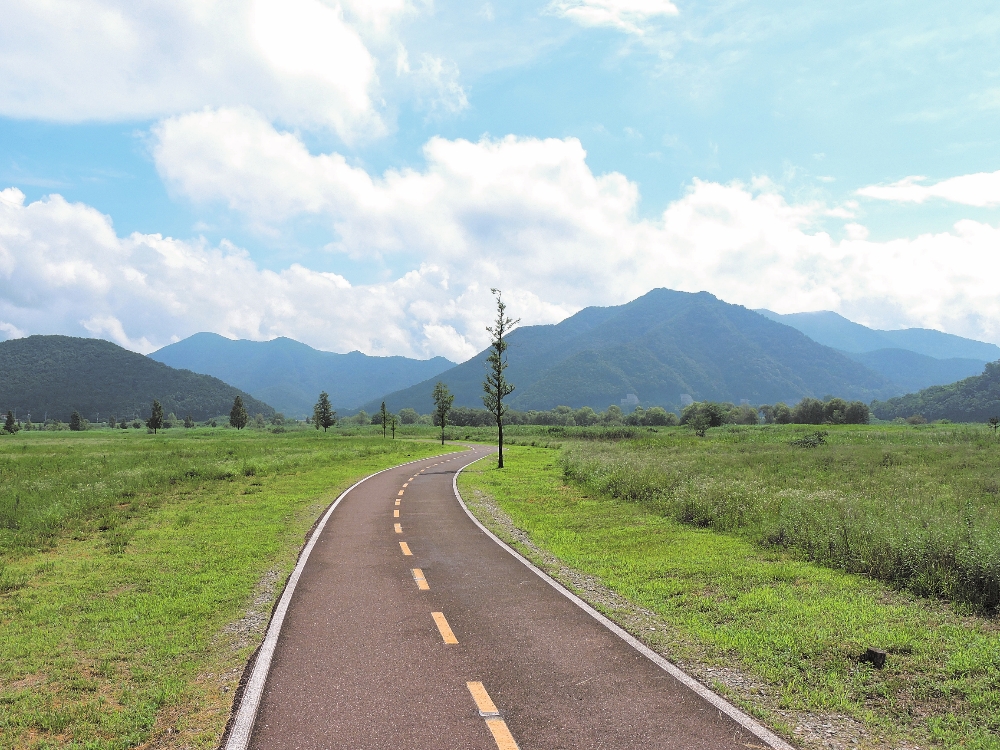
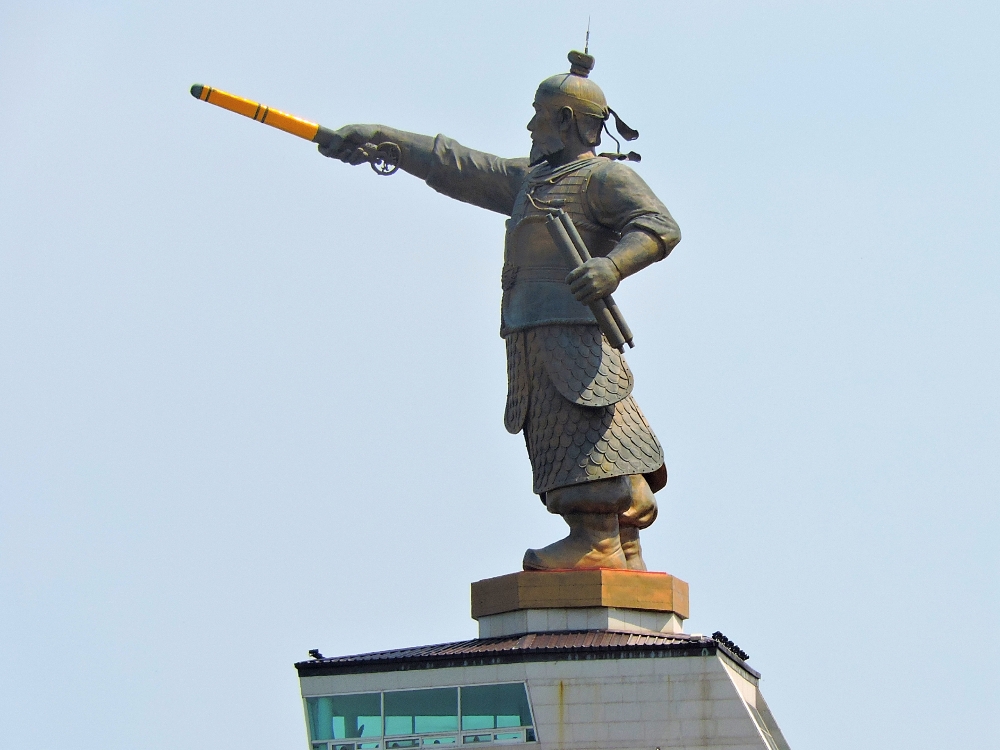
Wando was the closest ferry port to Jeju Island, which was next on my route. I stayed on the island for just long enough to make a quick visit to its World Heritage Site, though that involved a section of pleasant, and generally easy, coastal cycling, the first time I have ridden by the ocean in several months.
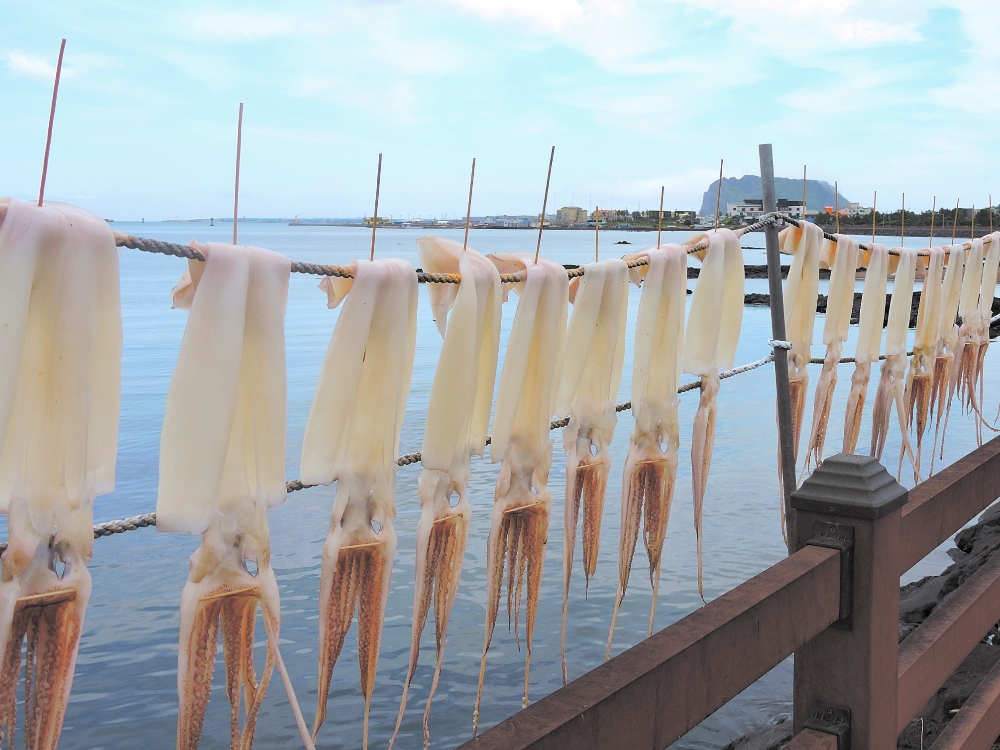
There are several different ferries between the mainland and Jeju, and for the return trip I chose the one that sailed to Yeosu, considerably farther east than Wando, which let me avoid a day or two of presumably uninteresting riding. The south coast is where much of Korea’s heavy industry is located, as well as some of its busiest ports. Therefore, when heading east, there is a choice of a flatter, more urbanized, route, or one further inland that would be quieter, but with more terrain. Despite the dripping humidity, I think I chose correctly by taking the latter. That also let me see a couple of places that might be nominated to the World Heritage List in the future, the Upo Wetland, where I saw a very nice bird, and later a small area of Petroglyphs.
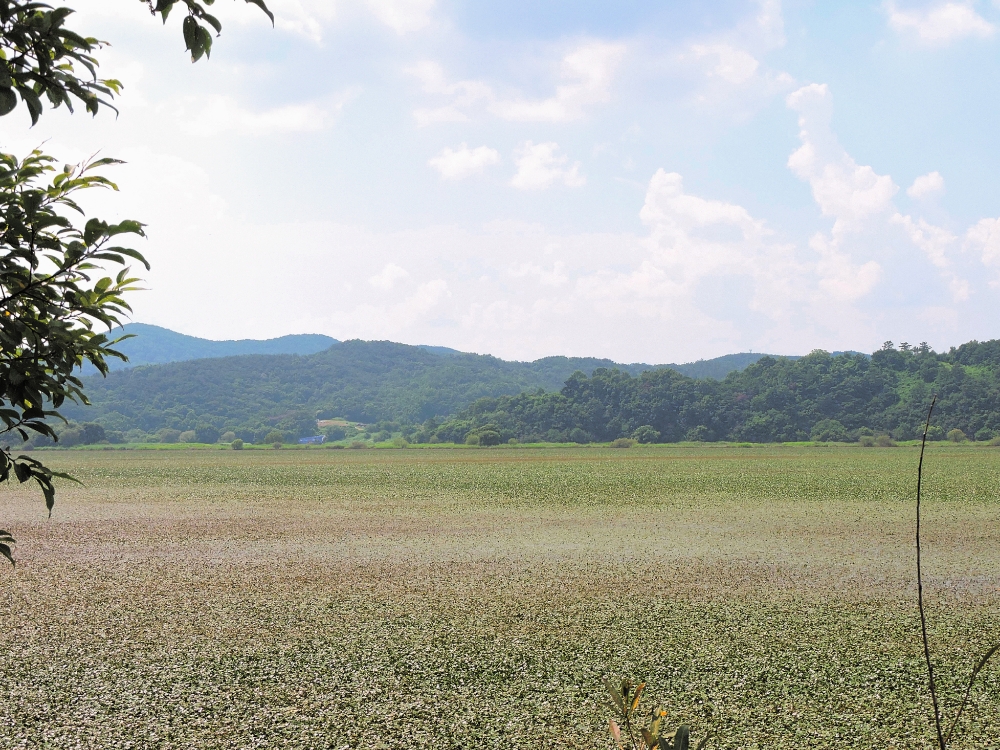
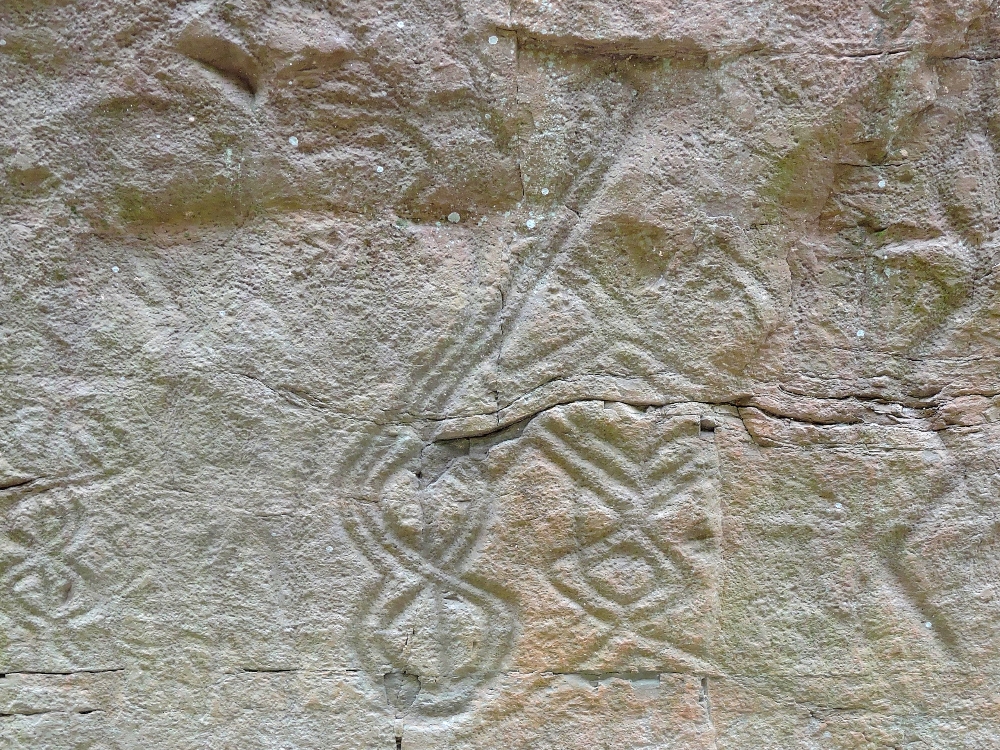
Next, I turned north towards Gyeongju, an area with four World Heritage Sites, and which would be the end of my route. Beyond that area, there is what seems like an interesting small road running north along the east coast of the peninsula, and I originally planned on using that to get as close to Seoul as possible, and then would take a train back into the city. However, because of the repair delay I had to clip off that last part of the route. Eventually, I even shortened it a little more, when I realized that the rail options from Gyeongju would be much better. Instead, I was able to take in the area around Gyeongju in a less rushed manner, which was fine with me, as by then the post-Jangma clouds had given way to nearly full Sun, and I was beginning to feel worn down again.
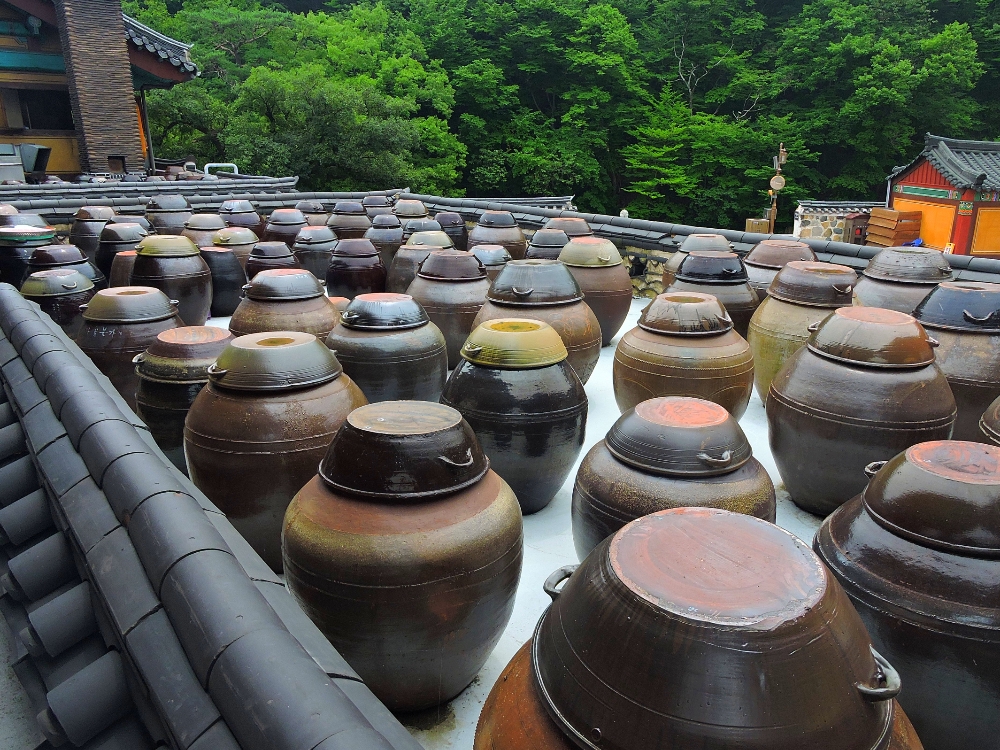
To return to Seoul I used the comfortable and efficient High-Speed Rail, KTX, service, which had me back in the capital in only two hours. That train is based on the French TGV stock, but unlike its progenitor this train unfortunately does not have roll-on bike access. Since I would next be using a plane to leave the country, that wasn’t too big of an issue, as I just rode out to the station, then packed up the bike for both transfers. Even though I shortened the route a little, I still rode for a little more than double the distance that had been included in the primary World2 Tour route, saw more World Heritage Sites than I would have originally, and picked up a few nice birds. While I really, really could have done without twenty-five days of inactivity, and some of the route was not especially appealing, this was an interesting visit that I am glad I was finally able to complete.
Korea does have some quirks that make it a rather a rather atypical place for a long tour. Its population density of over five hundred persons per square kilometer will be the highest of the Tour, I have already mentioned some of the peculiarities of its urban design, then there is the bizarreness that is K-Pop, and the curious accommodation option of Motels.
Those began in the hard times of the mid-twentieth century as short-term, romantic-encounter establishments, but have evolved into more mainstream places and are now the most commonly available place to stay in almost every city in Korea. There are also some other odd, but more esoteric, aspects I noticed in the country. For example, I have found it almost impossible to take in enough salt in a typical day’s food here. Items that are usually thought of as salty seemingly include none, pretzels, for example. Fast food restaurants don’t place any on items like fries and can’t provide any for customers to use. At one point, I tried to buy some in a store, but only found a packet labeled flavored salt,
which, to me, tasted more like MSG than sodium chloride, not exactly what I wanted. Most people probably wouldn’t consider this to be a problem, but, especially in times like the steamy post-Jangma days, cyclists lose a great amount of salt each day, and I currently feel somewhat salt-depleted, which may have my fluid balance all out of whack. Thankfully, I expect to rectify that situation moments after I reach the next destination.
Perhaps twenty years ago, a time when I more often came up with unusual ideas, I, at one point, considered, with interest, the possibility of doing a Secret Bicycle Tour of North Korea. Fortunately, it only took about forty-five seconds for me to come to the conclusion that this would not only be impossible, but probably the most foolish thing anyone could possibly attempt. Therefore, even though I am currently just forty kilometers from the DMZ, I will, most definitely, not be continuing north from here. Instead I have a much friendlier destination coming up next, one that was also not part of my original Tour plan, but one that will provide distinct value for me, in more ways than one.